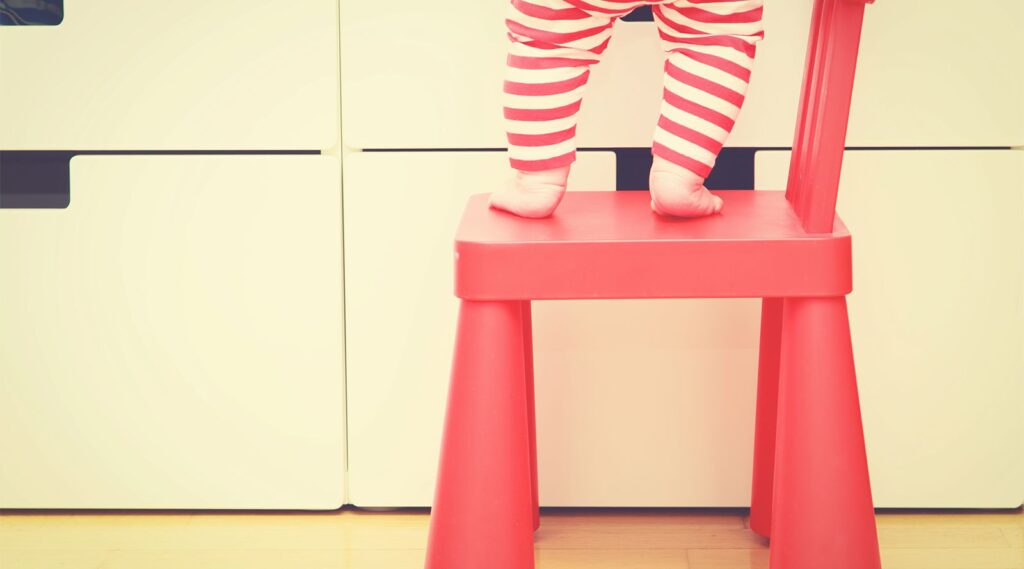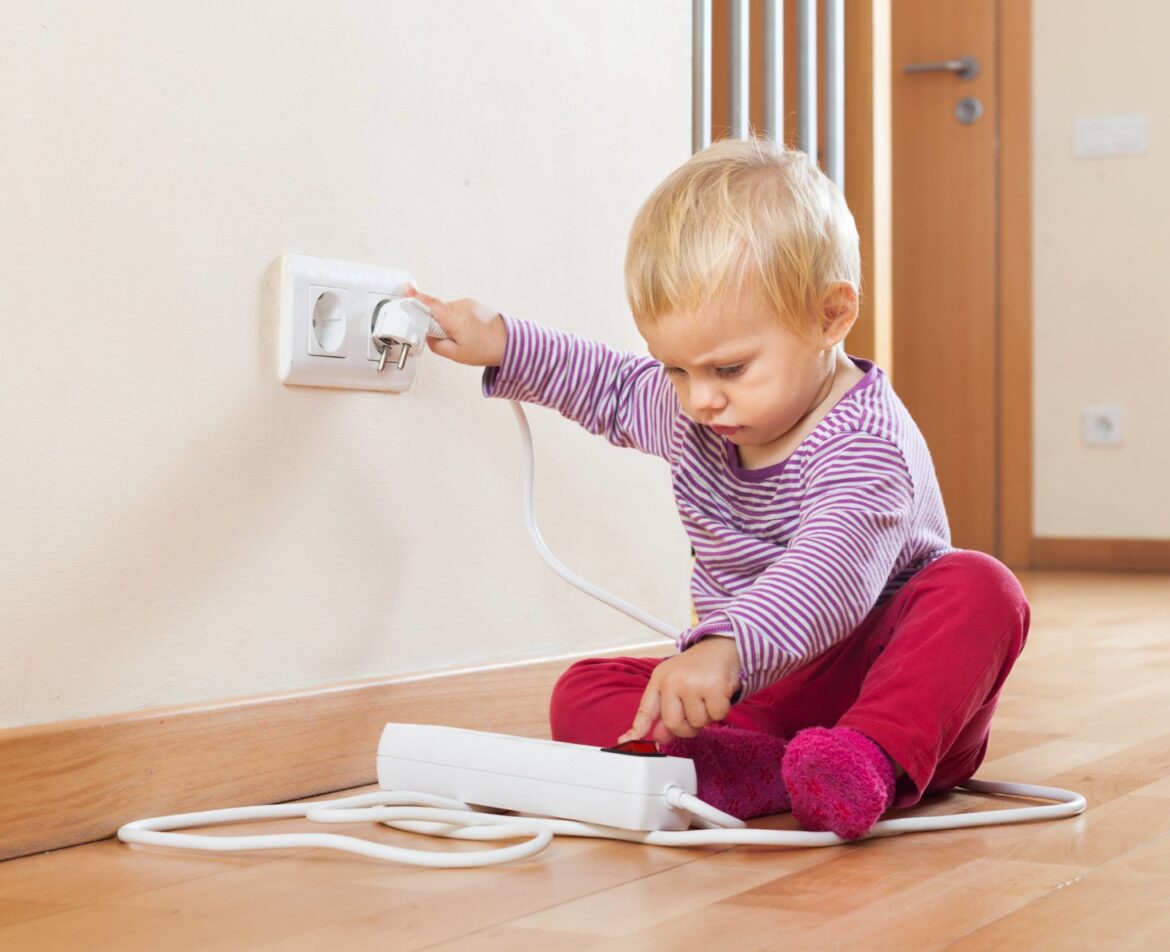https://www.atlasvanlines.com/resources/moving-tips-tools/how-to-move-guides/moving-non-allowables/hazardous-materials
If you are expecting your first child, you could well find yourself on the hunt for a new property within which to properly raise a family. If you are going down this route, the home you eventually choose will rarely be oven-ready for the presence of little ones.
Normally, people sell a family home because their children have grown up and left, or because the place is simply too big for the current occupants. As you can expect, a home that hasn’t seen the presence of toddlers for twenty-odd years is unlikely to have retained all the soft corner covers, stair guards, and first aid supplies https://www.seton.co.uk/first-aid-supplies/first-aid-kits that new parents are always so anxious to include.
Even if you are not searching for a new place, a coming child can still mean that it is time to toddler-proof your home. You probably have a pretty good idea of what this involves, but the job can easily become overwhelming if you don’t know where to start.
Think about it, where the health and safety of a child is concerned, parents tend to see potential dangers everywhere. Could my child trip over that draught excluder? Should I have a stair guard at the top and the bottom of the stairs? Is that bottle of bleach within reach of the little one? Concerns like this can overwhelm you pretty quickly if you don’t go about the process of toddler-proofing your home in a methodical and sensible way.
The Toddler Years

Source: familyeducation.com
Babies are another matter, but once your child is walking, the potential dangers can increase significantly. This is simply because they are now running around instead of lying in their cot or slowly crawling across the floor. And here comes the reason for carefully planning how to make your home safe for a toddler: you need to balance a concern for safety with the importance of not inhibiting your child’s ability to explore their environment.
This is because it is specifically within these years that process begins in earnest. Child psychologists all agree that exploration and expansion of the senses, which occurs during these years, is absolutely essential for the healthy development of a child.
In other words, you need to let a toddler explore the house, to touch things, taste things, and try to climb on things. Of course, there are millions of things around the house that they certainly should not touch, taste, or climb on – and therein lies the balance that must be struck.
So, toddler-proofing your home does not mean covering every potential danger with a rubber or foam covering; nor does it mean restricting your child’s environment with endless gates installed over every threshold around the home. A child learns through interacting with the world, and so even minor accidents are not necessarily a bad thing. Of course, you want a child to learn not to do that thing again, certainly not to injure themselves!
Toddler-Proofing Your Home
If you would like to toddler-proof your home effectively, the correct thing to do is tackle each section of the house separately, do what is advised, and be careful not to overdo it. Breaking the home down into its different rooms will make things much easier. For one thing, you can write off straight away the types of rooms that a toddler should really never be running around. For example, the garage or the utility room is not a wise location to let your child run rampant.
Another thing to bear in mind is that there are a range of general tips to follow as well. Sometimes these do not even take the form of a specific child safety installation in the home, instead just involving some solid ground rules that apply in all cases. For example, there are plug sockets in every room in the house, and the general rule “don’t stick your fingers in them” applies everywhere about the home.

Source: smababy.co.uk
This raises another key point about toddler-proofing your home: it is not a permanent solution, and you will have to adapt and change. For example, your child could be at danger of electric shock from sticking their fingers in sockets long before they are mature enough to understand the instruction not to do it. Accordingly, you might first employ a set of socket guards and, as your child grows, remove them and teach them the common sense not to go poking their digits in plug sockets.
Similarly, many things about your home child safety infrastructure will change as the child grows. If not, the child will never learn that living in the world means being able to avoid falling down a flight of stairs without a child guard to stop them.
Some Further Tips
So, toddler-proofing your home is something of a dynamic process that you should tackle room-by-room and that you should adapt as the child grows. It also relies on a great deal of common sense and striking a balance between protecting your toddler and not over sheltering them. To help you get started, here follows a few practical tips to think about:
Think About What Looks Enticing to the Child
Kitchen appliances might look like toys, bottles of bleach could look like a drink, the stair banister could look like a climbing frame. This is the way to think when toddler-proofing your home. Again though, don’t overdo it.
Keep Everything “Adult” Out of Reach
One thing you have working in your favour when toddler-proofing your home is the fact that toddlers are not very tall. Accordingly, there is simple solution for moving dangerous things out of their reach – put them high up. This is not always possible but where it is, this is all you need to do.
Avoid Tablecloths

Source: epicurious.com
Your child might not be able to reach the sharp cutlery and heavy objects placed on top of table, but they can easily tug the end of the tablecloth and bring everything crashing down on their head. Get rid of your tablecloths (or the long ones) and this problem vanishes.
Supervise Bath Time
Whenever your child is in the bath, drowning is – frighteningly – always a risk. Accordingly, you should be sure to supervise your child the whole time they are in the bathroom. The risk is simply too great – and it can happen quickly.
Avoid Ropes and Wires
Long electrical cords, washing lines, and other long and thin objects can be extremely dangerous for children – even mature ones. Quite simply, they can get entangled, and that way lies real danger. It is extremely easy to limit the presence of these objects in your home – or at least keep them out of reach.
This handful of practical tips and the above advice are a great place to get started when toddler-proofing your home. Nevertheless, you should always bear in the mind that much of this will depend on what the home is like. This is where your own common sense comes in. Give your toddler as much freedom as possible without the danger becoming too great.

